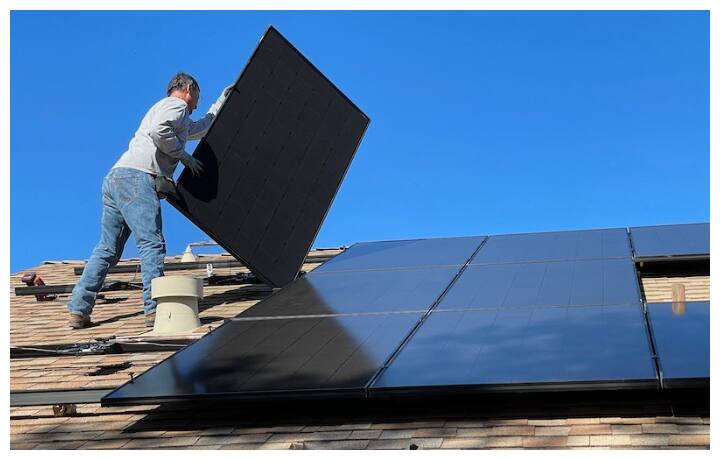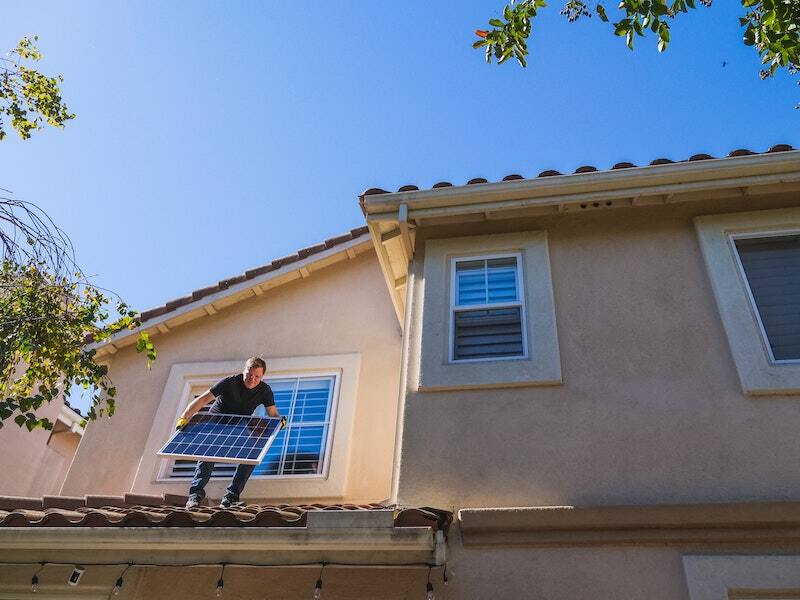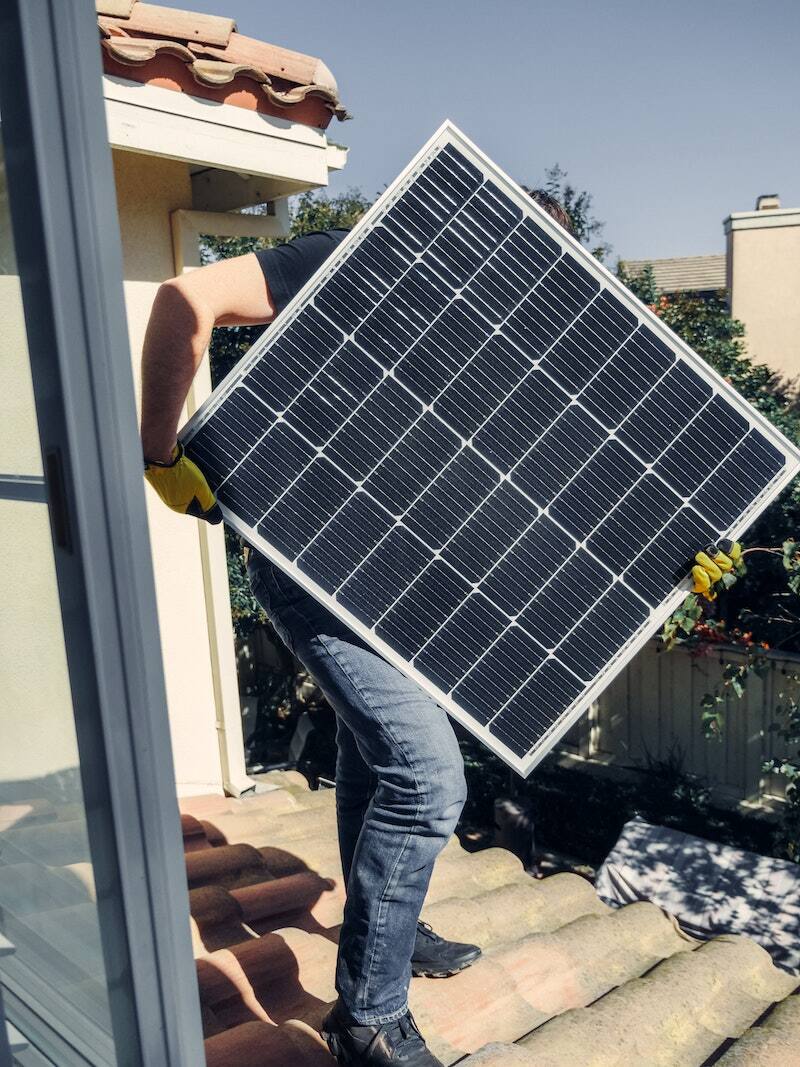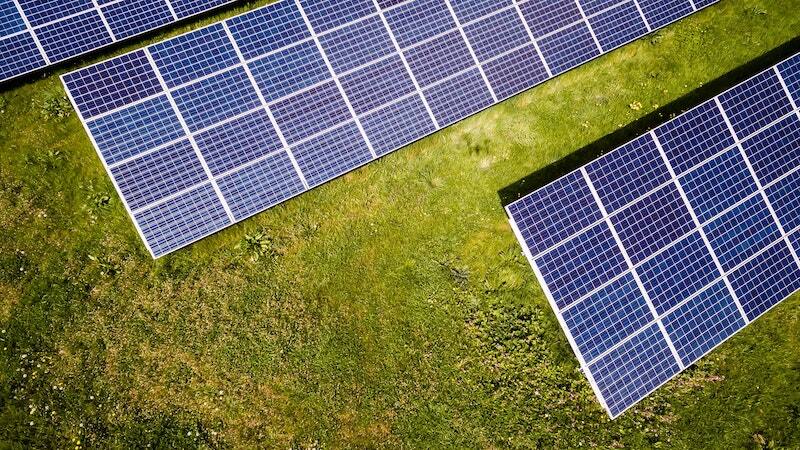






Starting the process is not as difficult as you think. - Solar companies make the beginning parts of the process quick and easy for you! Icko Cabasag Tan shared, “Simply submit us your electricity bill and we will provide a study and propose a system suitable for your household. For those constructing a new house, we would need the list of electrical load or electrical plan of your house for us to provide a proposal suitable for your needs.”Kindel Media Via Pexels
You need to dedicate a sufficient amount of space on your roof or garden for the set-up. - Since solar panels will need to be installed, you will need to have enough space on either your roof or your garden to accommodate the needed panels for your household. Specifically, 6-7sqm. for every kilowatt is adequate enough—for example, if a 10kW system would be installed for your house, it would need about 60-70sqm. of space.Kindel Media Via Pexels
Selecting a top quality brand is an essential aspect of the entire process. - On top of ensuring you have enough space to install the solar panels, you must ensure that you are investing from a top quality brand. Icko Cabasag Tan said, “Choosing the top brands with excellent warranty like Sunpower, Enphase, SMA, etc. is one of most important aspects before putting up a Solar PV system on your roof.” Kindel Media Via Pexels
For a typical household, the expenses would start at a minimum of Php 150,000. - Going into the more financial aspect of transitioning to solar power, Icko Cabasag Tan expressed that an installation for a typical household would cost around Php 150,000 for a 3kW system, which would equivalent around Php 50,000 per kilowatt peak. As the size of the system needed increases, the price of each kilowatt can decrease from Php 45,000 per kW to Php 38,000 per kW.Kindel Media Via Pexels
You can earn around Php 3,600 savings per month from going solar. - Another great benefit of going solar is the return of investment or ROI, where you’ll be able to gain your investment back for a certain period of time after the system installation. For the 3kW system, you can earn around Php 3,600 savings per month with the ROI at around 3.5 years. For systems beyond 3kW, on the other hand, the ROI can decrease into 2.5 years.Vivint Solar via Pexels
There are particular Solar Power set-ups that are appropriate for particular types of houses and/or facilities. - Icko Cabasag Tan shared that a peaker, or a facility that uses electricity most in the daytime, can save the most with solar power, and examples of peakers are houses with WFH (work-from-home) setups, offices, hotels, and BPOs. However, for other types of facilities, he shared certain set-ups or systems in which these facilities can benefit from using solar energy. Particularly, he said: “For facilities that are used occasionally like vacation houses, they can still benefit from solar energy through net metering, by selling the excess energy produced back to the grid and will be deducted to their bills as rebate. For facilities that use electricity more during nighttime, can opt to use a “hybrid system with batteries” where they can use the stored energy during nighttime and combine it with net metering to sell excess energy for rebate. This type of setup will also protect you from brownouts. Though this setup is a bit costly due to the batteries.”Vivint Solar via Pexels





